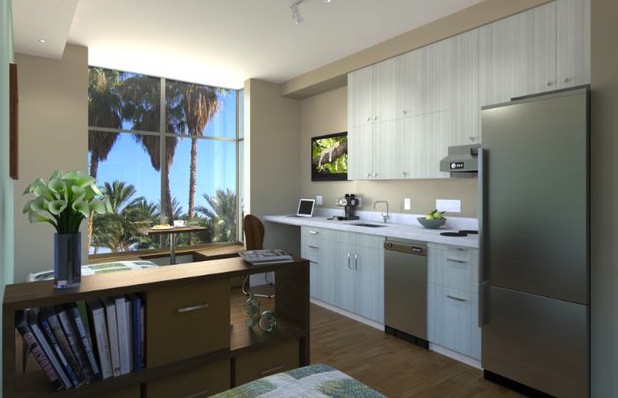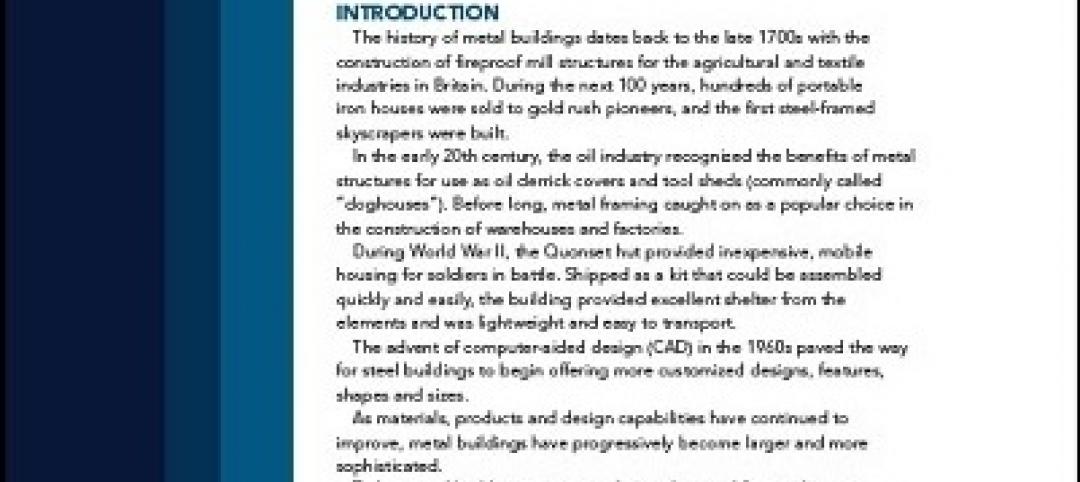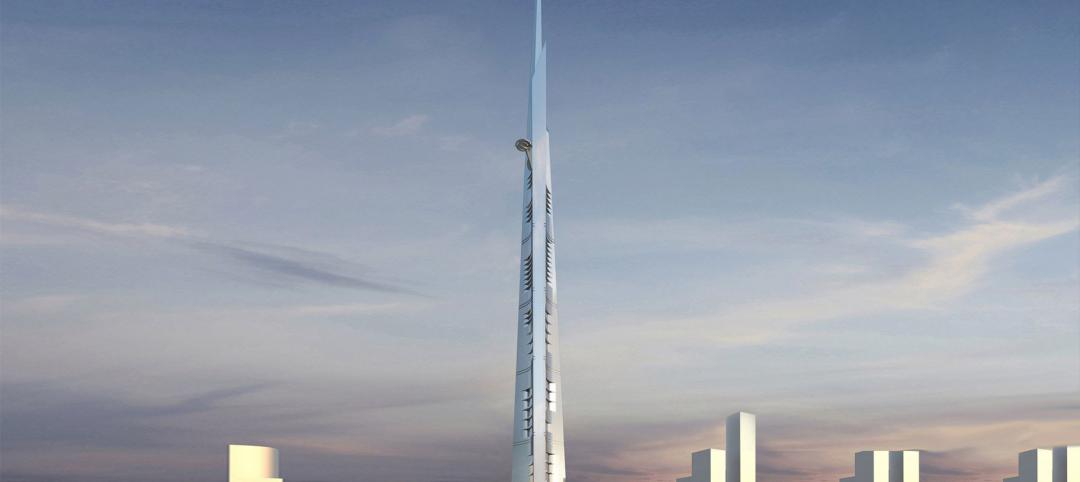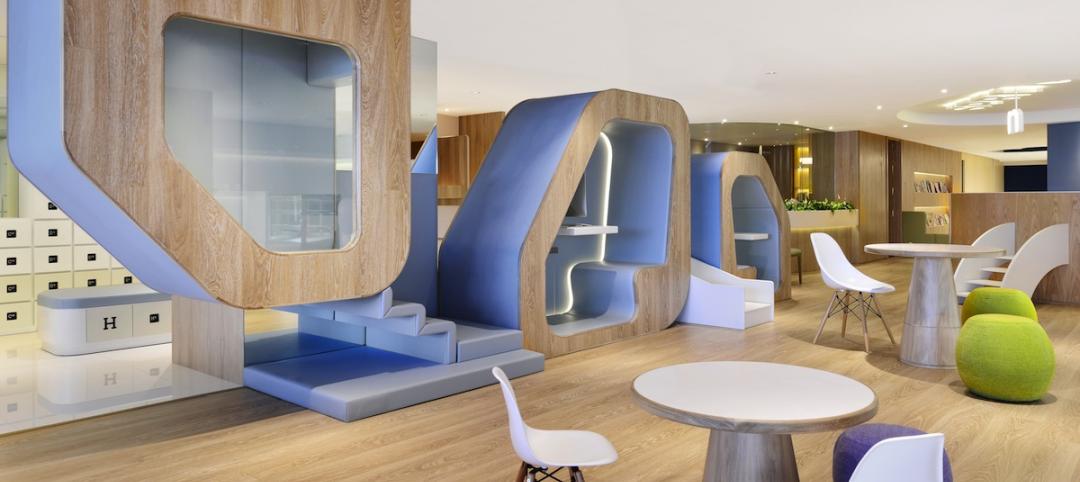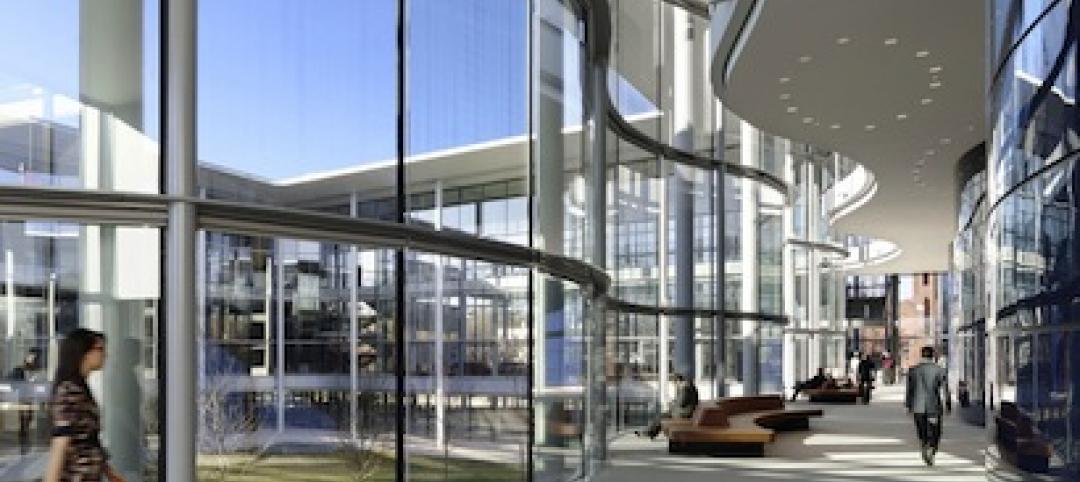New research from the Urban Land Institute suggests that micro units—typically larger than a one-car garage, smaller than a double—have staying power as a housing type that appeals to urban dwellers in high-cost markets who are willing to trade space for improved affordability and proximity to downtown neighborhoods.
The report, "The Macro View on Micro Units," includes an analysis by MPF Research of more than 400 rental apartment communities (comprising more than 90,000 units) built in 2012-2013 in the 35 U.S. metro areas that experienced the highest concentration of multifamily construction during that period. It also includes findings from more than 3,500 responses to an early 2014 survey by Kingsley Associates of renters of both conventional apartments and micro units; and case studies drawn from 30 existing and 18 planned rental communities with micro units that were identified by RCLCO (Robert Charles Lesser & Co.).
The report was prepared for ULI’s Multifamily Housing Councils with support from a grant awarded in 2013 by the ULI Foundation.
Key findings from the report:
• Micro units are typically about 350 square feet in size, but can range from less than 250 square feet to 500 square feet, depending on the city building code requirements. They have no separate bedroom; sleeping space is combined with living space, but they do have fully functional bathrooms and kitchens. Micro unit communities place heavy emphasis on multiple amenities outside the units themselves, such as shared communal spaces that encourage socializing and foster a sense of community.
• The target market profile for micro units is predominantly young professional singles, typically under 30 years of age, earning less than $40,000, trending slightly more toward males than females. Other market segments include couples, older single empty-nesters, and temporary users. Singles currently living with roommates tend to be the most interested in making the switch from a traditional unit to a micro unit.
• The appeal of micro units is largely about economics, as well as place and privacy. Those interested in micro units are seeking to lower their rental costs (the units typically rent for 20 to 30 percent less than larger units); they are also drawn to the trendy “hip” locations where micro units tend to be built, and by the ability to live alone.
• Nearly a quarter of the renters surveyed who live in conventional apartments said they would be interested in renting a micro unit. Fifty-eight percent said they would not be interested, primarily due to the lack of a separate bedroom, less storage space and less living or dining space.
• Those who are interested in switching to micro units ranked access to a grocery store as their top priority for a neighborhood amenity, followed by restaurants and a gym. In terms of project amenities, a laundry room ranked highest, followed by assigned parking, visitor parking, and a fitness center; and for unit amenities, a washer and dryer ranked first, followed by built-in closet/drawers and storage space. More than half were interested in multi-functional, convertible furniture.
• Those currently living in micro units cited location as the top factor influencing their decision to move into the small units, followed by price, proximity to work/education institutions, proximity to neighborhood amenities, the ability to live alone, and proximity to transit.
• Smaller and micro units outperform conventional units in the marketplace, in terms of achieving higher occupancy rates and garnering significant rental rate premiums (rent per square foot) compared with conventional units.
• The market is shifting toward a greater mix of smaller studio and one-bedroom units being included in traditional apartment communities, as well as more construction of micro-unit communities. Studio and one-bedroom units accounted for nearly 51 percent of the 2012-2013 completions, up drastically from 41 percent in 2002-2003.
• Despite the rising popularity of micro units, some developers are building in the flexibility to easily convert two side-by-side units into one larger unit if demand shifts back to more conventional models.
RCLCO’s case study research identifies four trends (primarily associated with Generation Y) that are linked to the rising appeal of the units: delayed household formation, an increase in single-person households, a decrease in car ownership, and the tendency to accumulate fewer belongings and participate in the “sharing economy.”
Among the case studies that contributed to the best practices and lessons learned: Factory 63 in Boston; The Flats in Chicago; Lofts at 7 in San Francisco; Arcade Providence in Providence, Rhode Island; Eko Haus Freedom Center in Portland, Oregon; and My Micro NY in Kips Bay, New York.
“Whether this (increased development of micro units) turns out to be a lasting phenomenon or a passing fad, micro units have renewed the focus on efficient layouts and innovative design solutions,” concludes the report.
Download a free PDF version of The Macro View on Micro Units report.
Related Stories
| Jan 29, 2014
AIA honors 18 with 2014 Young Architects Award
Three recent BD+C "40 Under 40" winners are among the outstanding young architects recognized by the AIA.
| Jan 28, 2014
White Paper: How metal buildings deliver long-term value to schools
A new white paper from Star Building Systems outlines the benefits of metal buildings for public and private school building projects.
| Jan 28, 2014
First Look: BIG's Honeycomb building for Bahamas resort [slideshow]
BIG + HKS + MDA have unveiled the design for the new Honeycomb building and adjacent plaza in The Bahamas – a 175,000-sf residential facility with a private pool on each balcony.
| Jan 28, 2014
2014 predictions for skyscraper construction: More twisting towers, mega-tall projects, and 'superslim' designs
Experts from the Council on Tall Buildings and Urban Habitat release their 2014 construction forecast for the worldwide high-rise industry.
| Jan 28, 2014
16 awe-inspiring interior designs from around the world [slideshow]
The International Interior Design Association released the winners of its 4th Annual Global Excellence Awards. Here's a recap of the winning projects.
| Jan 28, 2014
Big Ten Conference opens swanky HQ and museum [slideshow]
The new mixed-use headquarters includes a museum, broadcast studios, conference facilities, office spaces, and, oh yeah, a Brazilian steakhouse.
| Jan 27, 2014
A climber's dream: Rock climbing hall planned near Iran's highest peak
Forget the rock climbing wall. A developer in Iran is building a rock climbing hall. That's right, an entire building dedicated to the sport, with more than 48,000 sf of program space.
| Jan 24, 2014
First look: Foster + Partners' new home for Yale School of Management [slideshow]
Edward P. Evans Hall, the new home of the Yale School of Management, has opened for business. The 242,000-sf facility was designed by Foster + Partners, with Gruzen Samton as architect of record.
| Jan 24, 2014
Reed Expansion Index predicts widespread economic improvement for the year
Reed's December Expansion Index stood at 1.48, indicating overall construction in the United States is expected to grow over the next 12 months.
| Jan 24, 2014
Urban Land Institute, Enterprise outline issues in rental housing shortage: Report
Bending the Cost Curve: Solutions to Expand the Supply of Affordable Rentals outlines factors that impede the development of affordable rental housing – causing the supply in many markets to fall far short of the demand.


